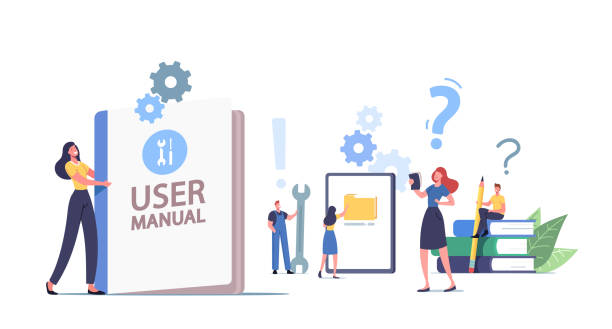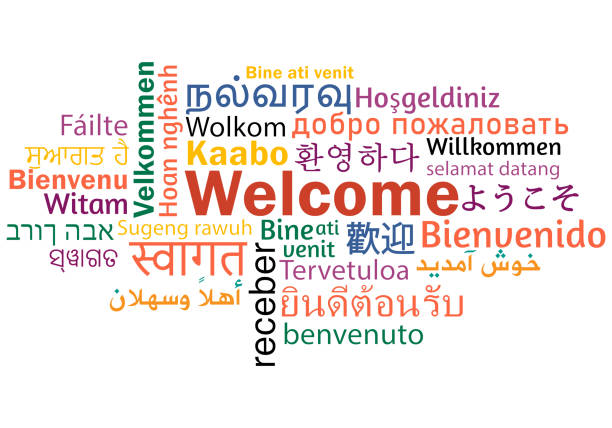5 Tips for localizing user manuals for international audiences
 Shreya Rajvanshi
Shreya Rajvanshi
As companies expand their reach into international markets, there is a growing need to create user manuals that are tailored to the target demographics. The challenge lies in localizing the content to suit cultural and linguistic nuances that vary greatly across different regions.
Failure to translate user manuals effectively can lead to poor user experience, low sales, and even legal disputes. Therefore, it is crucial to have a well-informed approach to localizing user manuals for international audiences.
This blog post offers helpful tips on how to localize user manuals for global customers. These tips cover the nuances of language, cultural differences, and legal requirements, all of which must be taken into consideration when developing user manuals for international audiences.
1. Acknowledge the customs of each culture

When it comes to localizing user manuals for international audiences, one of the most important tips to keep in mind is to acknowledge the customs of each culture. It's not just about translating the words on the page, but also understanding the unique cultural nuances that may impact how your product is perceived.
For example, in some cultures, direct eye contact can be seen as disrespectful, while in others, it's a sign of attentiveness. By taking the time to research and understand these customs, you can ensure that your manual is not only accurate but also respectful and appropriate for your target audience.
So, remember to look beyond language and consider the bigger picture when localizing for international markets.
2. Respect the language and its nuances

When localizing your user manuals for international audiences, it's crucial to remember that language is not just a collection of words thrown together. It's a living, breathing entity that varies in nuances and cultural undertones.
The same word can have vastly different meanings and connotations in different countries, and failing to recognize this can lead to significant misunderstandings and errors. So, if you want to create a user manual that truly resonates with your global audience, respect the language and its nuances.
Learn about the local dialects and idiomatic expressions, and strive to tailor your language use to suit your audience. By putting in the effort to understand the nuances of each language, you'll demonstrate your respect for each community and increase the chances of your manual successfully reaching its intended audience.
3. Use local slang and idioms when appropriate

If you really want to pack a punch when localizing user manuals for international audiences, using local slang and idioms is an absolute must. Not only will it make your content more engaging, but it will also help your readers feel more connected to your brand and product.
Of course, you'll want to be careful when using slang and idioms to avoid causing confusion or offense. Just think about it: what seems witty in one region may not translate as well in another.
So, before you go dropping colloquialisms left and right, make sure you do your research and consult with local experts to ensure you're hitting the right notes. Done right, using local slang and idioms can give your content the edge it needs to stand out and be memorable to your audience.
4. Let an experienced native speaker review the manual

One of the most important steps in localizing your user manual for an international audience is to let an experienced native speaker review the manual. This person will be able to identify cultural nuances that may have been overlooked during the translation process.
They may also catch grammar, syntax, or tone errors that could negatively impact the user's experience. Working with an experienced native speaker not only ensures that your manual is accurately translated, but it also shows your commitment to providing the best possible experience to your international audience.
Remember, your user manual is often the first impression a customer has of your product, so take the time and effort to make it great.
5. Utilize local trends and references to make your content relatable

As we all know, localizing user manuals for international audiences is no easy feat. It takes time, effort, and a whole lot of attention to detail. But fear not! We've got a tip for you that will make your content stand out and resonate with your readers: utilize local trends and references.
By including references to popular local events, phrases, or customs, you'll be able to connect with your audience on a deeper level and build a sense of trust and familiarity. For example, if you're localizing a user manual for a product in Japan, you might want to include references to cherry blossom season or the practice of bowing as a sign of respect.
These small touches can make a big difference in making your content relatable and engaging. Just be sure to do your research beforehand to ensure you're using the references correctly and respectfully.
Last Words
In conclusion, localizing user manuals for international audiences is crucial for successful global marketing and user experience. It requires careful planning, cultural understanding, and attention to detail in translation and adaptation.
By following the tips discussed in this post, companies can effectively communicate their product information to users in different languages and cultures, build trust with their global audience, and eventually increase their revenue and brand reputation. Investing in localization is an investment in the long-term success of a business.
Learn about me:
Hi, I'm Shreya. As a technical blogger, I can help you understand the implications of AI on web development and how this technology is pushing the boundaries of what's possible. If you're interested in learning more, I invite you to check out my blog and see how AI is reshaping the industry. My articles are full of actionable tips and advice that you can use to stay ahead of the curve and make the most of this exciting technology.
Subscribe to my newsletter
Read articles from Shreya Rajvanshi directly inside your inbox. Subscribe to the newsletter, and don't miss out.
Written by

Shreya Rajvanshi
Shreya Rajvanshi
Harvard-Certified Content Writer